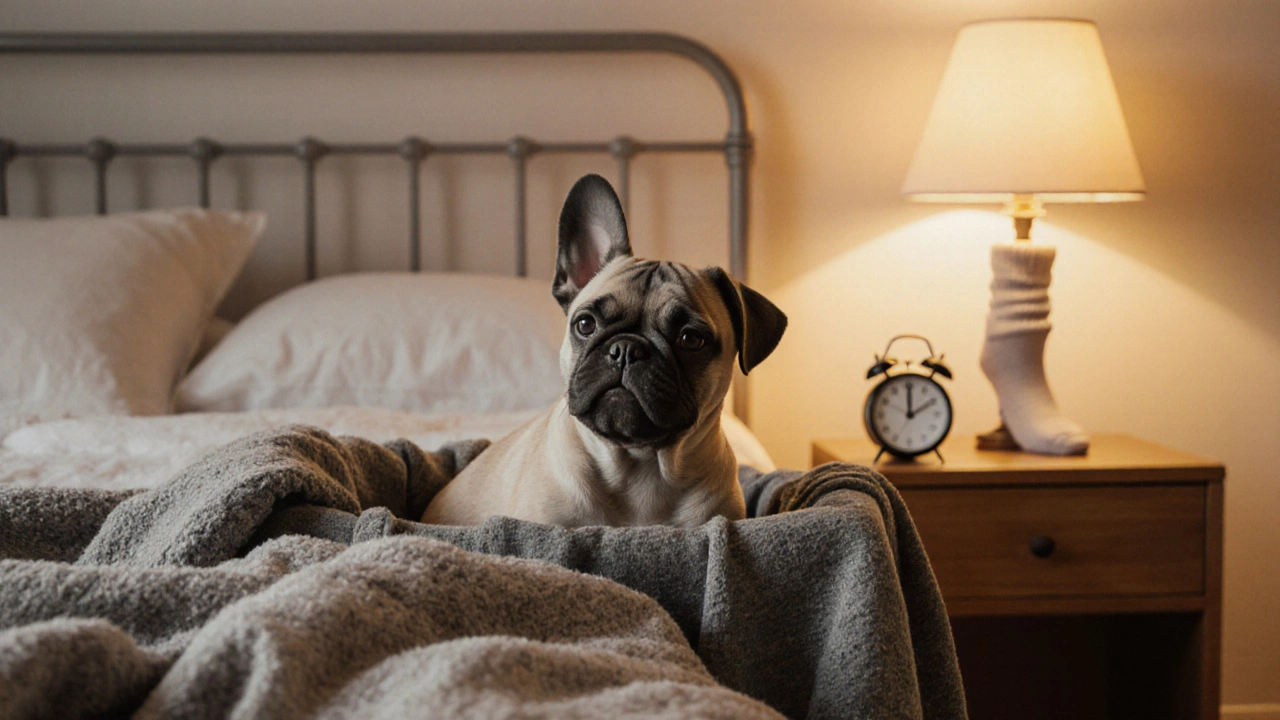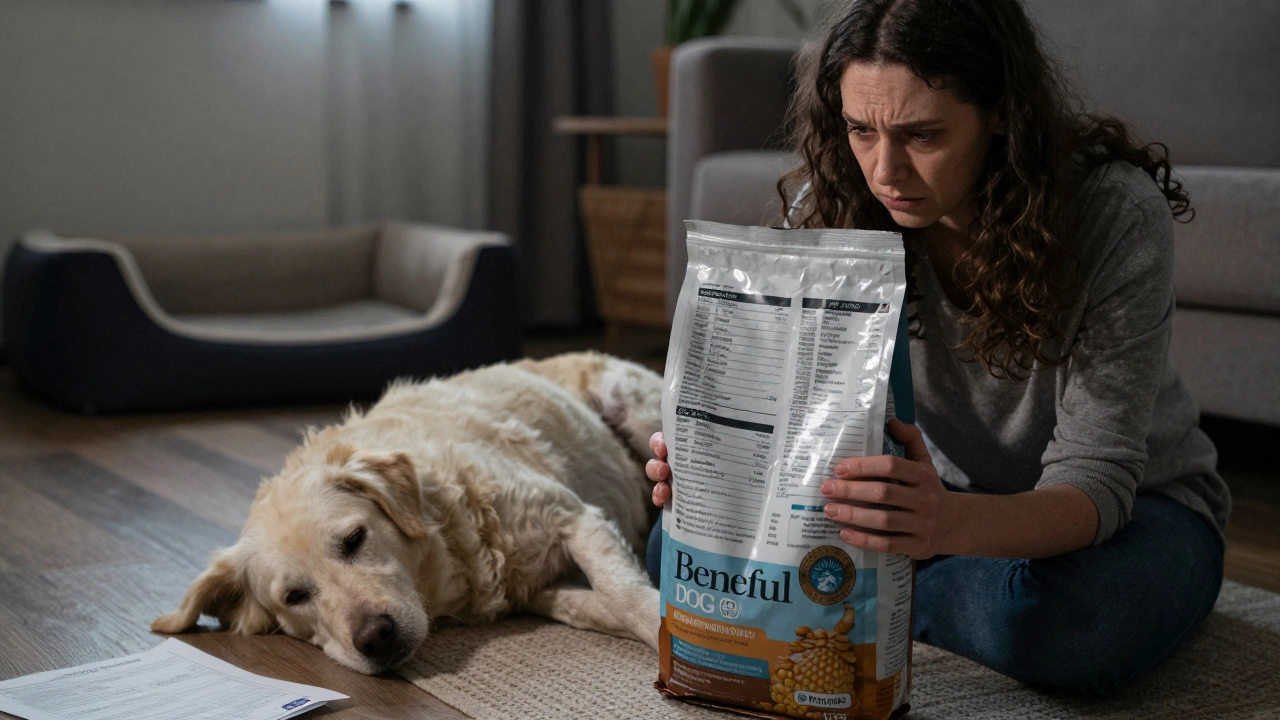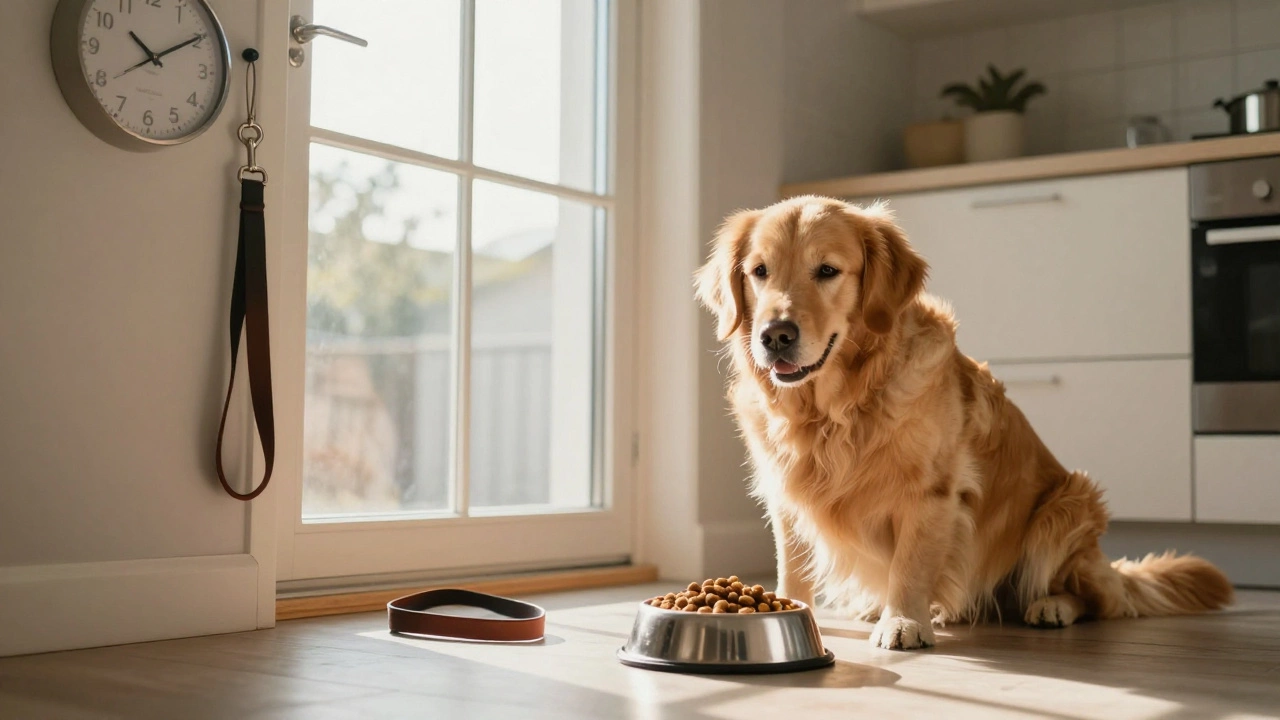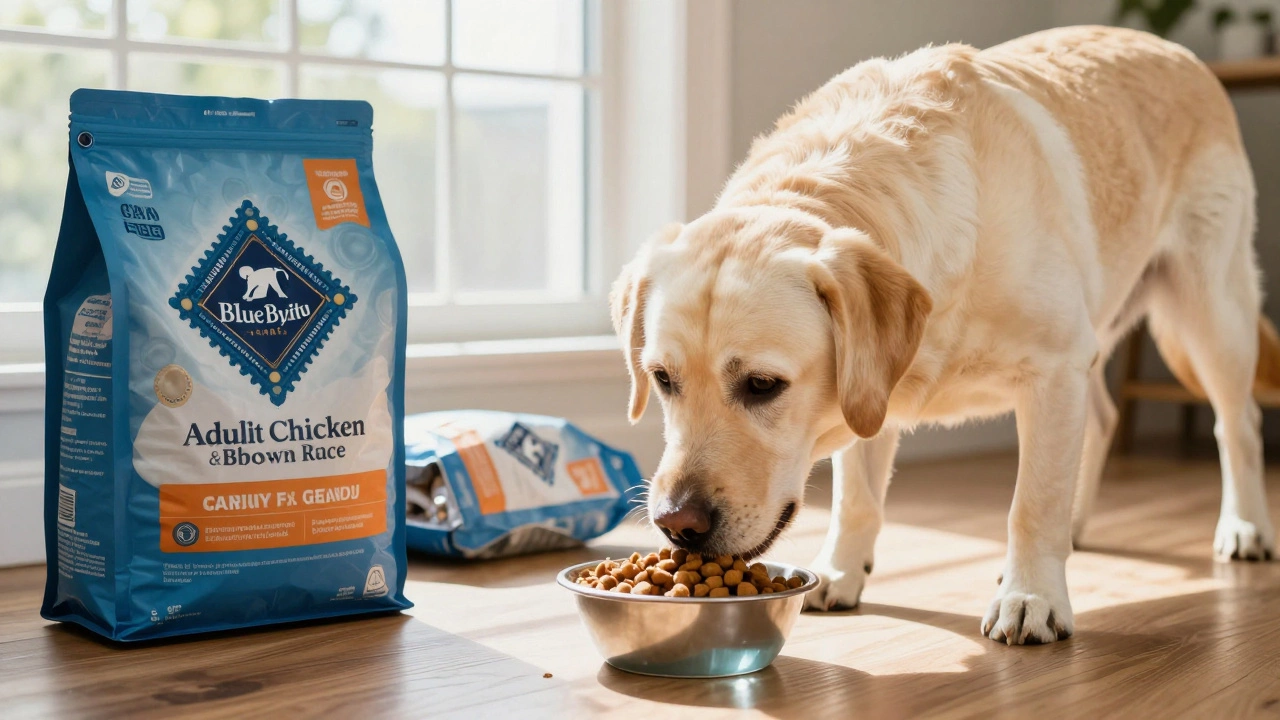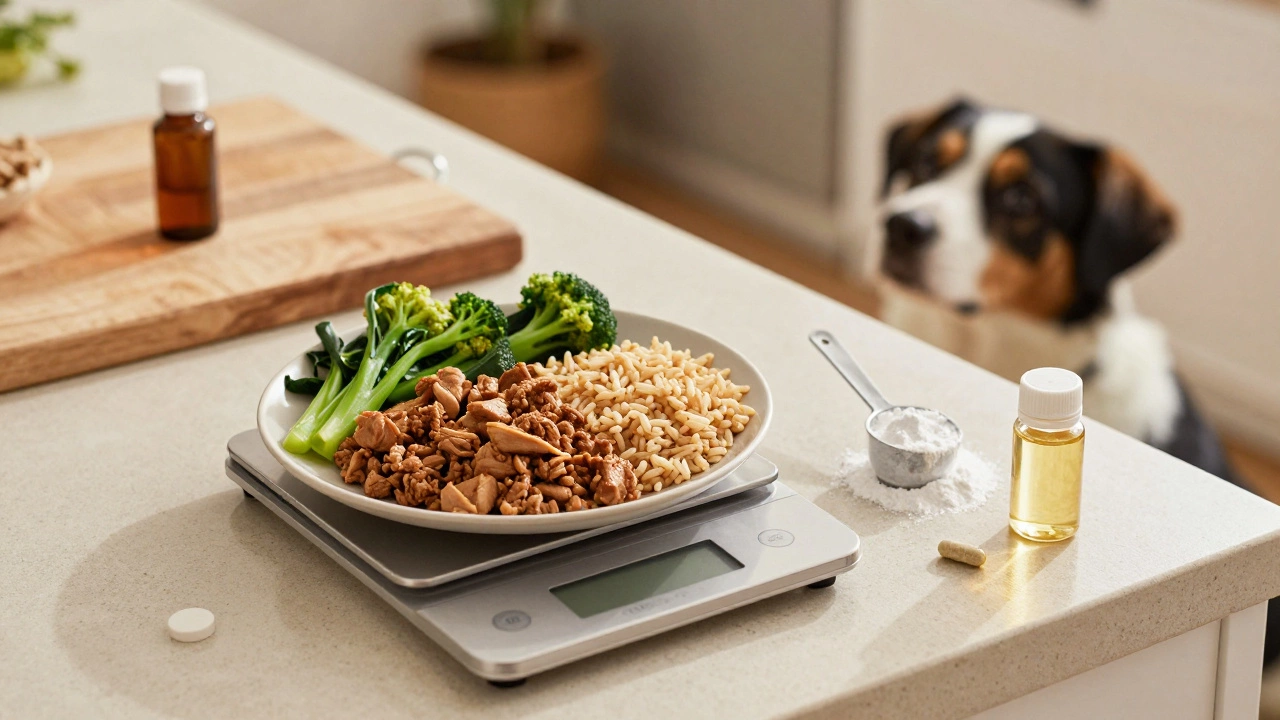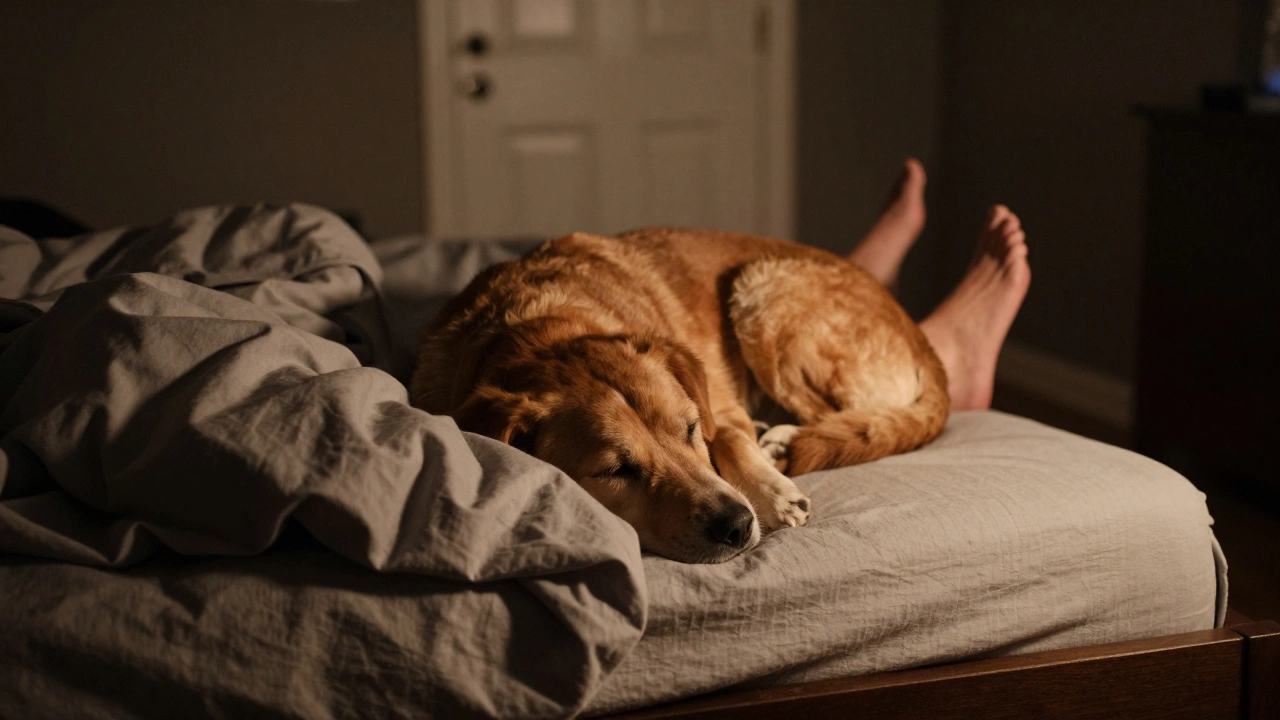Puppy First Night: What to Expect and How to Help Your New Puppy Sleep
When you bring home a new puppy, a young dog under one year old, usually adopted between 8 and 12 weeks. Also known as a pup, it’s a big moment—but the first night can be overwhelming for both of you. Most puppies have never slept alone, never been away from their littermates, and don’t understand why they’re in a strange house with strange smells and sounds. It’s not just crying—it’s fear. And if you don’t know how to respond, it can set the tone for weeks of sleepless nights.
That’s why the puppy first night, the initial 24 hours after bringing a new puppy home matters more than you think. It’s not about training yet—it’s about safety, comfort, and trust. A quiet, warm space, a soft blanket that smells like home (if you can get one from the breeder or shelter), and a crate or confined area that feels like a den can make all the difference. Many owners think they need to rush to the puppy every time it whimpers, but that often teaches them crying gets attention. Instead, check on them quietly, give a quick pat, and leave. They’ll learn that being alone is safe.
Don’t underestimate the power of a puppy crate at night, a secure, enclosed space designed for sleeping and safety during the early weeks. It’s not punishment—it’s a den. Dogs naturally seek enclosed spaces when they feel vulnerable. A crate with a towel over it to block light and reduce noise can turn chaos into calm. Pair it with a stuffed toy that has a ticking clock or a warm water bottle wrapped in a sock (not too hot!) to mimic the warmth and heartbeat of their littermates. And yes, you’ll hear them. But if you’ve set up the space right, they’ll settle faster than you think.
What about bathroom breaks? Puppies this young can’t hold it for long. Set an alarm for every 2–3 hours during the night. Take them straight out, keep it quiet, don’t play, praise them if they go, then bring them right back to their crate. No treats, no cuddles—just business and back to sleep. This builds the habit fast.
And don’t let TV or loud music drown out the silence. That might seem helpful, but it teaches your puppy to need noise to feel safe. Instead, try a low-volume white noise machine or a fan. It’s steady, soothing, and doesn’t distract with sudden sounds like voices or commercials.
You’ll see other new puppy owners online posting perfect sleep routines. Don’t compare. Every puppy is different. One might cry for an hour, another for five minutes. Some need a little more reassurance. Others adapt instantly. The key is consistency—not perfection. If you respond the same way every time, your puppy learns the pattern. And that’s what builds confidence.
By the third night, most puppies start to relax. By the fifth, many are sleeping through. But it’s not magic—it’s setup, patience, and knowing what not to do. Skip the sleepless nights of guilt, the endless pacing, the feeling you’re failing. You’re not. You’re just learning, too.
Below, you’ll find real stories, proven tips, and practical checklists from other owners who’ve been through the same thing. No fluff. No hype. Just what works when your puppy is scared, you’re tired, and you just want everyone to sleep.
Should You Leave a Puppy Alone on Its First Night?
Leaving a puppy alone on its first night can cause fear and long-term anxiety. Learn how to make the first night safe and calm without creating bad habits, and set the foundation for a confident, well-adjusted dog.

